USNI News polled its writers, naval analysts, and service members on what they consider the most important military and maritime stories in 2013.
Spanish Submarine Design Failure
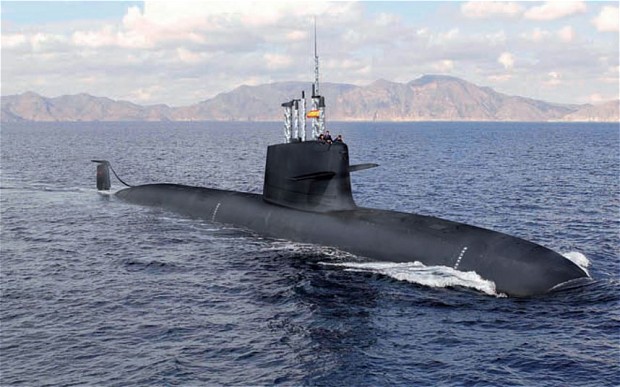
Spanish Navy’s S-80 program hit a major set back due to design flaw in the first of the planned class of attack boat.
According to June press reports, the first boat was as much as 75-tons overweight. The Spanish government contracted General Dynamics Electric Boat — through the U.S. Foreign Military Sales (FMS) — to assist in fixing first-in-class Isaac Peral (S-81). The changes to the design could delay the four-boat program up to two years, according to press reports.
China Carrier Sea Trials
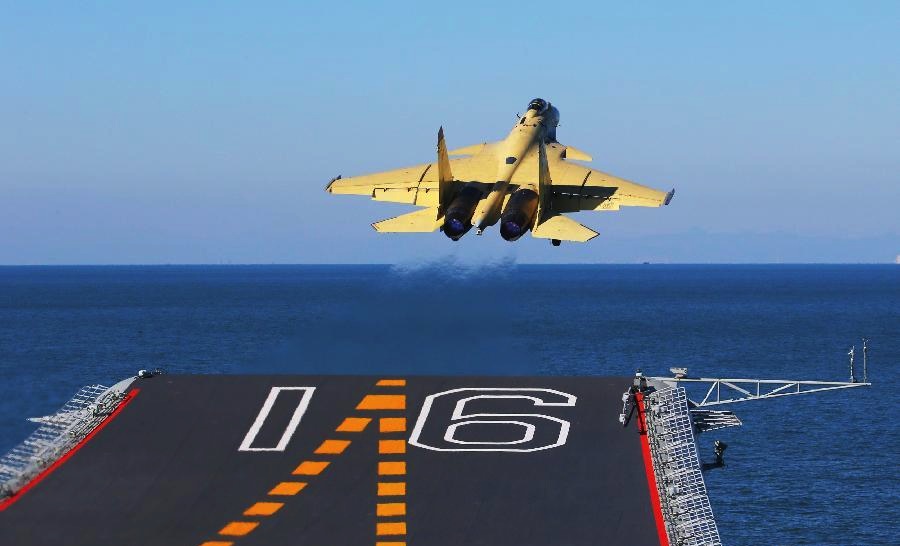
The People’s Liberation Army Navy (PLAN) continued testing of its first modern carrier — Liaoning. The extended set of sea trials — begun on the summer — further tested the ability of the PLAN’s J-15 carrier fighters to operate from the ship. China is using the ship as a training base for a planned domestic carrier program.
Sensitivity over the testing led to an incident in which a PLAN ship almost collided with U.S. guided missile cruiser USS Cowpens (CG-63)
“Liaoning currently is more of a political statement than a naval threat, posing little operational danger to the United States, its allies in East Asia, or even to smaller regional nations,” wrote Bernard D. Cole, a retired U.S. Navy officer and instructor at National Defense University, in USNI News in May.
Japan’s Military Expansion
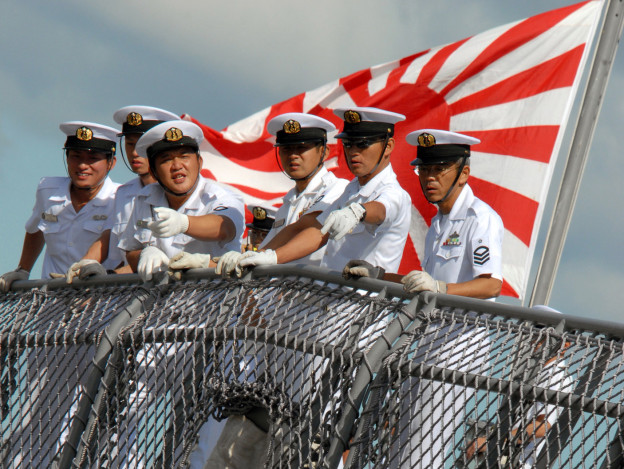
The island nation is continuing a trend to expand its military capability. In the five year plan, released in December, the Ministry of Defense focused on a rising China and overlapping claims in the Western Pacific. The focus of much of the acquisition — amphibious units and information, surveillance and reconnaissance (ISR) — is directed to Japan’s southern boundaries, particularly the China and Japan claimed Senkaku Island chains.
“The reorganization of the Self Defense Forces, as well as procurement initiatives for equipment such as the Osprey and Global Hawk will create a foundational basis for the defense of Japan’s southern islands,” wrote Kyle Mizokami for USNI News in December.
Borneo Bloodshed
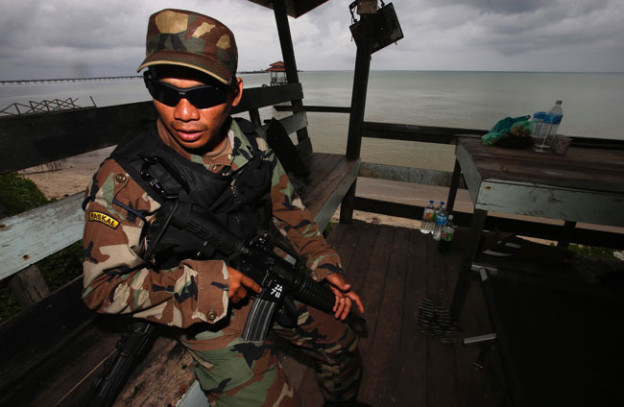
In mid-February a group of heavily armed men left the Philippines bound for Borneo in support of a self-styled Rajah Mudah — crown prince — of southern Sulu islands and Northern Borneo. The international oddity turned violent after weeks of negotiations.
The Rajah’s forces clashed with the Malaysian military resulting in the death of more than a dozen.
Indian Yard Fires
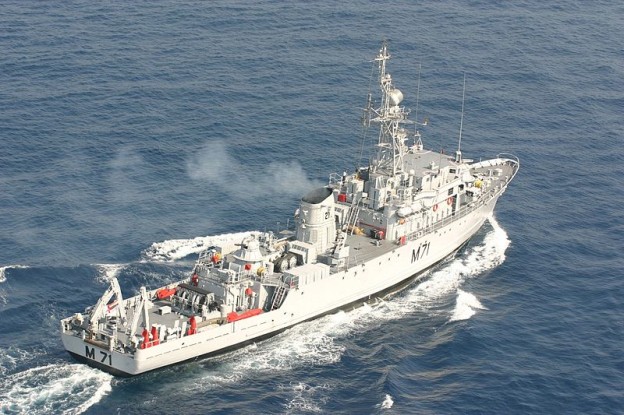
In August a fire onboard the Indian Navy submarine INS Sindhurakshak killed a dozen sailors while the ship was in port. Minesweeper INS Konkan (M72) caught fire in December while the ship was in port.
The damage to the two ships raised questions to the sophistication of the Indian Navy’s maintenance and industrial base for its Navy.
China ADIZ
View U.S. Planes Buzz China’s Air Claim in a larger map
China raised tensions in the South China Sea by establishing an Air Defense Identification Zone (ADIZ) — a 1950s American Cold War innovation — that covers the disputed Senkaku Islands in late November. China requires air traffic through the zone to declare their flight plans to Chinese aviation authorities or risk interdiction from the Chinese military. Quickly following the declaration of the zone, two U.S. Air Force B-52s flew through the Chinese ADIZ without prior notification to Chinese officials — prompting complaints from Beijing.
China Coast Guard
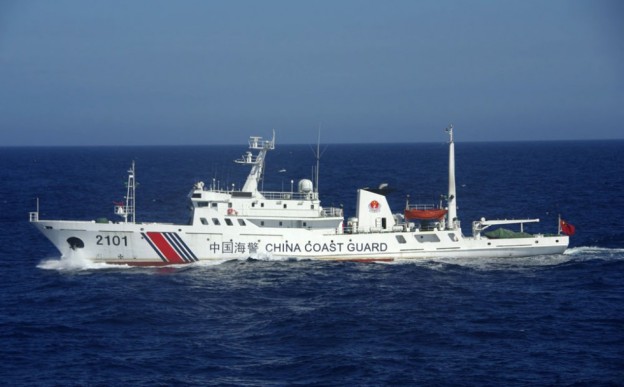 In March, the Chinese announced the creation of a U.S.-style Coast Guard with ties to the People’s Liberation Army Navy (PLAN).
In March, the Chinese announced the creation of a U.S.-style Coast Guard with ties to the People’s Liberation Army Navy (PLAN).
“The establishment of the CCG in March of this year supports a soft naval power approach to influence the East and South China Seas more effectively than any other nation in the Asia Pacific. China has been expanding its soft naval power for the past several years and could reach nearly 500 ships by 2020,” wrote Lt. Cmdr. Jeff Benson in November.
“This increased capability allows China to maintain presence and sustain operations in those waters without the use of hard naval power.”
Iran’s New Attack Boat
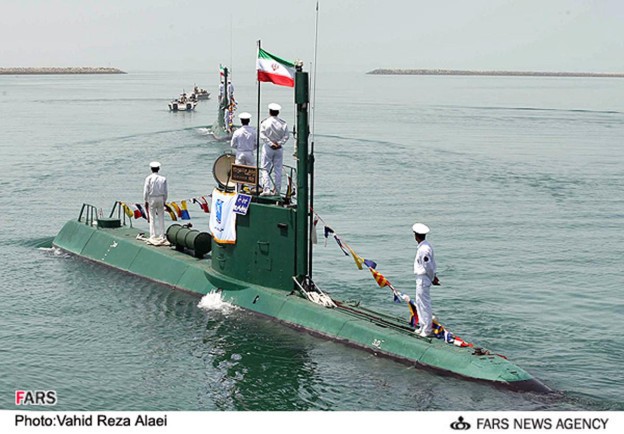
Iran launched what is widely believed to be a new submarine class this year. A report in Jane’s Defense Weekly claimed the 500-ton submarine was spotted in the water near the Bostanu Shipyard near the Strait of Hormuz.
The Fateh-class submarine development is a major technological leap forward for the Iranians. Prior to the Fateh, the only domestically built Iranian submarines were the 123-ton Ghadir-class based on North Korean midget submarine designs.
“Once operational, the new Iranian submarines will increase the capabilities of the Islamic Republic of Iran (IRIN) as the Fateh class will have a longer endurance than the Ghadirs and will be able to carry more torpedoes, mines or divers,” according to the Jane’s report.“
Egypt FMC delivery
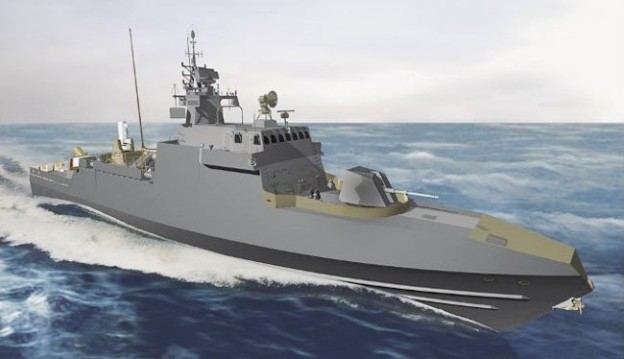 Since the July ouster of former Egyptian president Mohamed Morsi, the U.S. has struggled with the levels of military aid to the country. Out of the $1.6 billion in U.S. aid to Egypt, $1.3 billion is in military financing. Tied up in the deal were M1-A1 tanks upgrades, AH-64 Apache attack helicopters and F-16C/D fighters.
Since the July ouster of former Egyptian president Mohamed Morsi, the U.S. has struggled with the levels of military aid to the country. Out of the $1.6 billion in U.S. aid to Egypt, $1.3 billion is in military financing. Tied up in the deal were M1-A1 tanks upgrades, AH-64 Apache attack helicopters and F-16C/D fighters.
U.S. law limits the levels of aid to a countries can not receive aid other than for democracy promotion if the head of state has been deposed by a military coup d’état.
In November, the State Department allowed the delivery of Egypt’s first of four Ambassador III fast missile craft (FMC) — ENS S. Ezzat.
Vietnamese Kilos
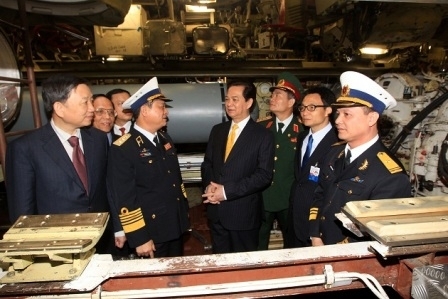
Vietnam took possession of the first of six planned Project-636 Kilo-class submarines from Russia — HQ-182-Hanoi. The very silent boats have been called a ‘black hole’ by the U.S. Navy.
The diesel-electric attack boat (SSK) is part of a 2009, $2 billion deal with the Russians to expand the countries submarine force. Vietnam and other countries in the region are rapidly expanding their submarine forces as tensions amidst overlapping claim in the South China Sea increase.
North Korean Cuban Arms Shipments
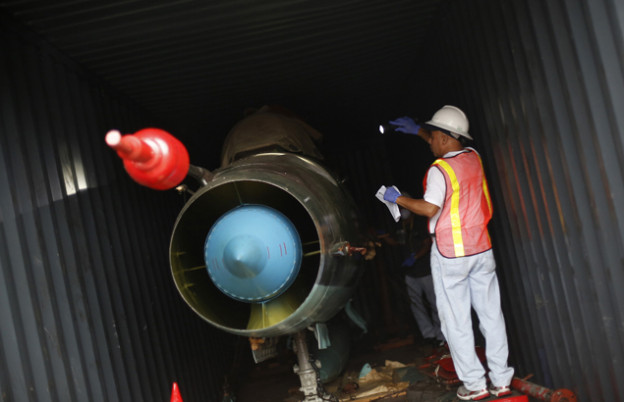
In July, officials in Panama intercepted an arms shipment from Cuba to North Korea. The shipment contained, “240 metric tons of obsolete defensive weapons – two anti-aircraft missile complexes Volga and Pechora, nine missiles in parts and spares, two MiG-21bis [fighter aircraft] and 15 motors for this type of airplane, all of it manufactured in the mid-twentieth century – to be repaired and returned to Cuba,” according to a statement from the Cuban government.
The North Korean merchant vessel Chong Chon Gang, had previously been detained in 2010 by authorities in Ukraine for smuggling drugs and other contraband.





